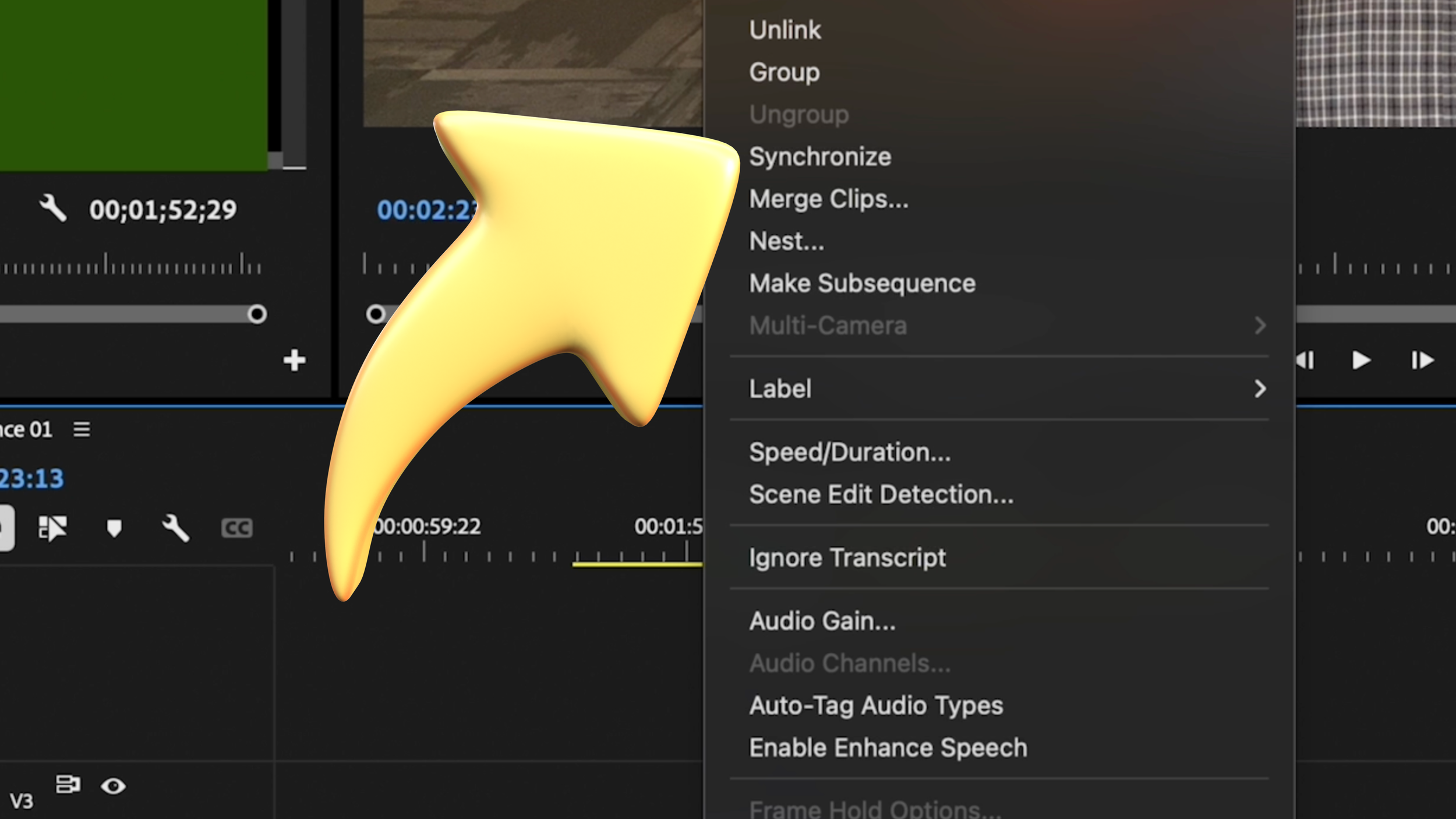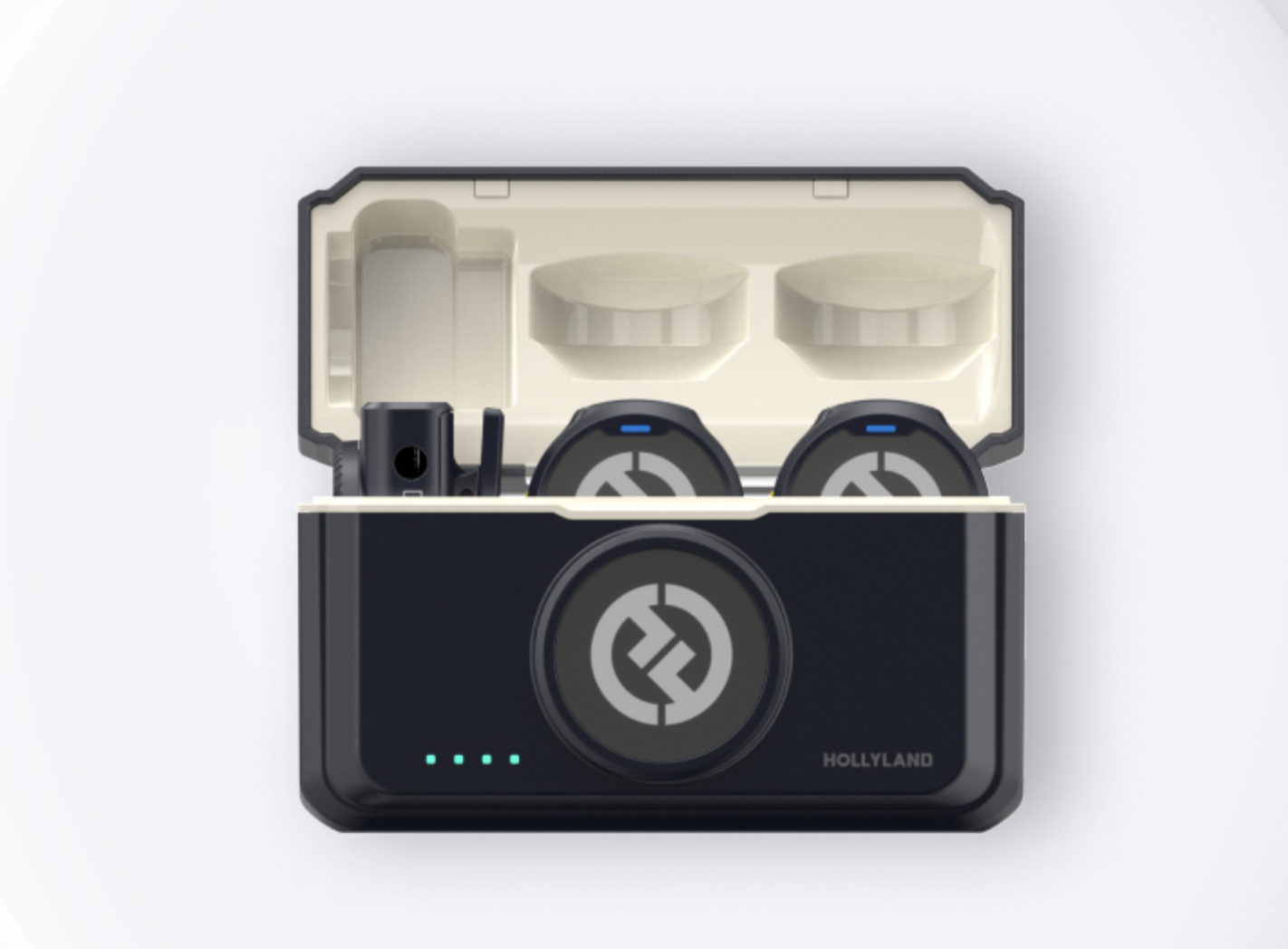Nickelodeon’s Super Bowl Coverage Should Be A Goal For Your Classroom
I have very little interest in this year’s Super Bowl. I am not a fan of either team. I don’t understand the angst against Taylor Swift. Outside of being a live production nerd, I had no intention to watch. I was actually more interested in continuing my latest Breaking Bad binge - this is the 3rd or 4th time that I am going through the show.
Nickelodeon’s AR representation of Allegiant Stadium as though it is in Bikini Bottom
I did all of the things I do before a Super Bowl - wings, dips, etc. I decided this time that I would try the Nickelodeon presentation and I have watched more of the game than I thought I would. I was instantly enthralled because of the special graphics, augmented reality, and overall presentation by the live and animated hosts.
I immediately thought of how many different ways the Nickelodeon presentation can help you teach in the classroom. I’ll start with the simple stuff and go to the larger concepts later.
First, you will not find a better way to demonstrate target audience to your students. Nickelodeon has always targeted young people. From the days of You Can’t Do That On Television and Double Dare, the network has made no bones about who they target. Their presentation of the Super Bowl is a great example of doing EVERYTHING for your audience and ONLY the things that matter to your audience.
Noah Eagle, the play by play announcer for the game, gave as professional a presentation as you would expect of a game of this magnitude. Former NFL wide receiver, Nate Burleson added color commentary that helped push the story of the game. Both did their jobs as you would expect but they sprinkled in kid friendly facts and jokes and even worked well with their menagerie of animated talent - Sponge Bob, Patrick Star, Sandy Cheeksthe Squirrel, Plankton, and Larry the Lobster. The biggest giggle from me was from the official rules analyst, Dora the Explorer. The herd of hosts gave game detail, game play information, rules information, and more that all played to their target audience but didn’t pander. At the end of the first quarter, I realized that many dads could watch the game with their kids and not be bored or feel like they aren’t getting the “big game experience” but the focus is obviously on kids and their understanding of the game.
When it comes to teaching about branding, there may be no better example for this game than what Nickelodeon did. From changing the scoreboard graphics to overriding the LED boards around the stadium with “tiki” graphics, Nickelodeon left nothing to chance when it came to selling their brand and preventing the potential of brands that don’t match theirs from interfering. As I watched, I realized that it would be impossible to see a beer ad. Nickelodeon took care of it! They not only solidified their brand but they protected it at all costs.
At no point did the on-air talent break away from the idea that they were broadcasting live from Bikini Bottom (The home of Spongebob for those who may have been living under a rock instead of a pineapple). This is a great lesson in coming up with a brand and a plan and sticking with it - no matter how absurd. Often, I talk with teachers who say their students can’t grasp the idea of pre recording a show and sticking with the air date opposed to the recording date.
In my opinion, the biggest takeaway from the show is the use of augmented and virtual reality technologies. From the light cascading across the screen as though you are underwater to the changing of the top of the dome at Allegient Stadium to the Spongebob/Bikini Bottom visual, Nickelodeon did a great job integrating AR/VR technology into the show. It may seem like AR/VR are way too far away from the education space but I have to share that I know for sure there are several schools already using it and several more adding it in the coming years. I have to admit that as I write this it feels silly to say these things are going to be commonplace in schools in the next decade but I assure you that just like vertical video was out of touch and taboo a decade ago, AR and VR productions will be in your classroom.
How does it impact you now? It really doesn't,other than you need to be aware of the technology and to start preparing for it. Companies such as Brainstorm , Unity, and Unreal Engine are really taking off in the education space. They are creating ways for educators to get AR/VR technology in their classroom and most importantly in the hands of their students.
How you will be able to use these tools in the coming years is only limited to YOUR willingness to learn the new technology. Your students will be ready for this technology as soon as you roll it out. Some things you can do:
Virtual Sets for your news shows
A TON of sports applications
Infinity sets for film production projects
The technology at its root is very simple. You will use software and some hardware tools to track the motion of the camera across all planes - X, Y, and Z. The software tracks the position of the camera and pairs it with the background or element that you created in order to make the scene look as real as possible. The new software will definitely have a pretty sharp learning curve but so did the video editor that you now know like the back of your hand.
The hardest part will be finding ways to use the tools that adds to the production opposed to distracts from it. The sky is literally the limit and I know that in 2034 I am going to watch a broadcast from a high school and there will be more AR/VR elements than Mr. T had chains. I guess that’s ok because it’s all a part of the process.
As you go through this week, think about ways to integrate the biggest game on the biggest networks into your lessons! Find clips, have the students watch them, and then break down the clips to address target audience, branding, and future technology.
Meet the Author, NAME
Author bio (make sure to add author name as a tag)













Got shaky footage? No problem! In this quick tutorial, learn how to use Warp Stabilizer in Adobe Premiere Pro to smooth out your shots effortlessly.